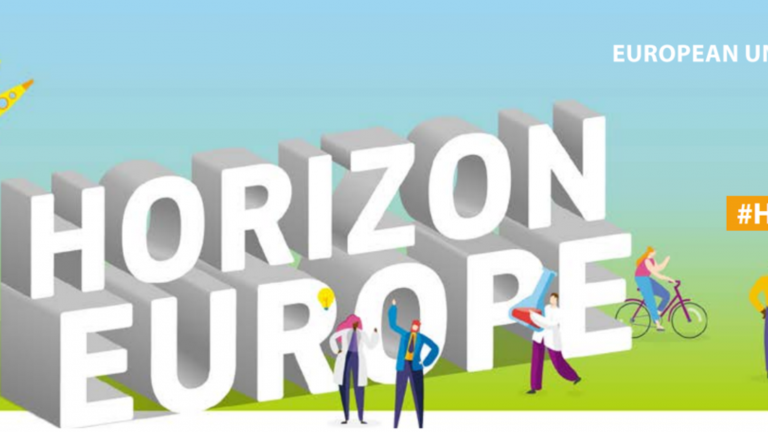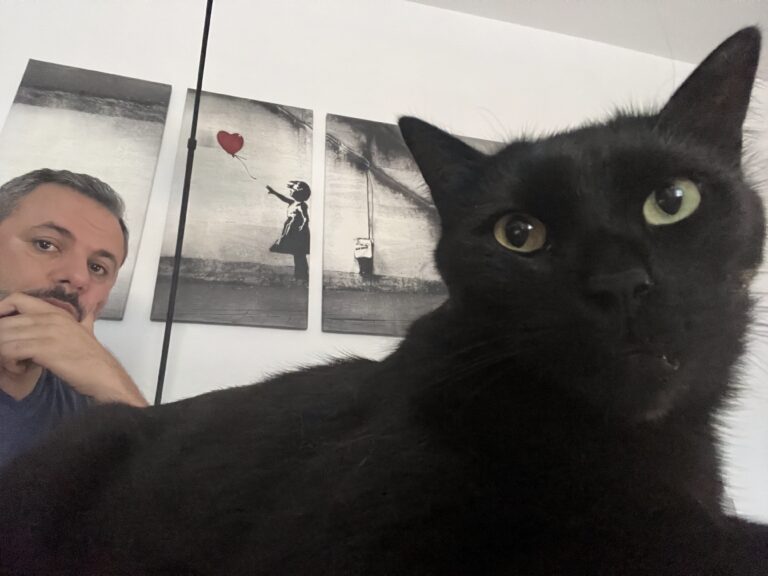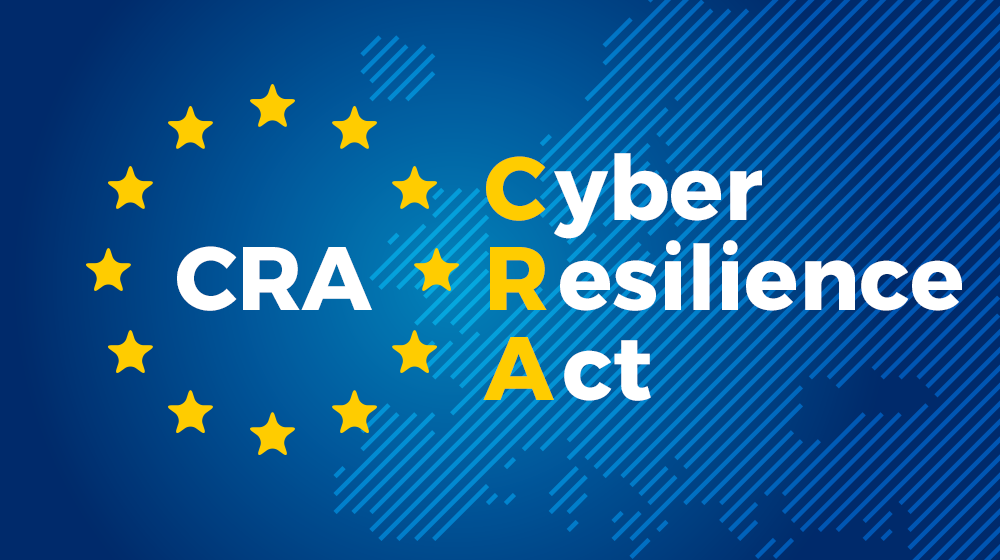When a consortium’s vision first crosses the Horizon Europe desk, evaluators are not swept away by grand ambitions alone; they seek a proposal whose scientific or technological novelty is matched by a clear pathway to real-world impact, and underpinned by a consortium that can deliver with precision. From the very first page of your submission, reviewers will look for evidence that your objectives go beyond today’s state of the art and that you have anticipated possible technical and societal pitfalls. They will weigh the proposal’s potential to reshape markets or behaviors against the soundness of its methodology, scrutinize whether each work package is coherently planned and resourced, and assess whether the partners bring exactly the right mix of skills and infrastructure. Only those projects that score highly across “Excellence,” “Impact,” and “Quality and Efficiency of Implementation” emerge from the evaluation gauntlet with a green light to receive funding.
Securing that initial award, however, is just the start of a much longer journey, one that Horizon Europe tracks through a rigorous monitoring and evaluation framework designed to capture outcomes years after a project’s formal close. Each beneficiary must deliver periodic reports not only on milestones met and budgets consumed, but on concrete indicators such as scientific publications, patents filed, prototypes validated or start-ups launched. Beyond these self-reported metrics, the Commission’s expert groups undertake interim and ex-post evaluations, mixing quantitative data analysis with stakeholder interviews and counterfactual impact studies, to judge whether networks forged under the programme continue to generate cross-border collaborations, whether new technologies have been taken up by industry, and whether spill-over benefits in areas like job creation or policy uptake can be credibly attributed to the funded research. This approach ensures that Horizon Europe remains a living instrument: its design and calls evolve in response to what does (and does not) deliver lasting change.
Yet, for many participants, the promise of public-private partnerships under Horizon can begin to tarnish when the day-to-day realities emerge. SMEs and research institutes alike often find themselves grappling with administrative complexity, from intricate cost-reporting rules to onerous documentation requirements that can swallow precious staff hours. Legal teams negotiate protracted intellectual-property agreements to bridge the public-private divide, while conflicts of interest can foment distrust if not addressed upfront through transparent governance charters. Fragmented funding streams across different pillars of the programme add another layer of challenge, leaving partners to stitch together budgets and timelines with little room for the agility that commercial R&D demands .
Navigating these hurdles successfully often depends on a consortium’s willingness to invest in dedicated project-management capacity, to deploy legal and financial experts who specialize in EU grants, and to establish clear, joint decision-making processes from day one. It is through this combination of rigorous preparation, unflinching self-evaluation, and candid acknowledgment of the public-private interface that projects can transcend transactional funding and become engines of enduring innovation.




